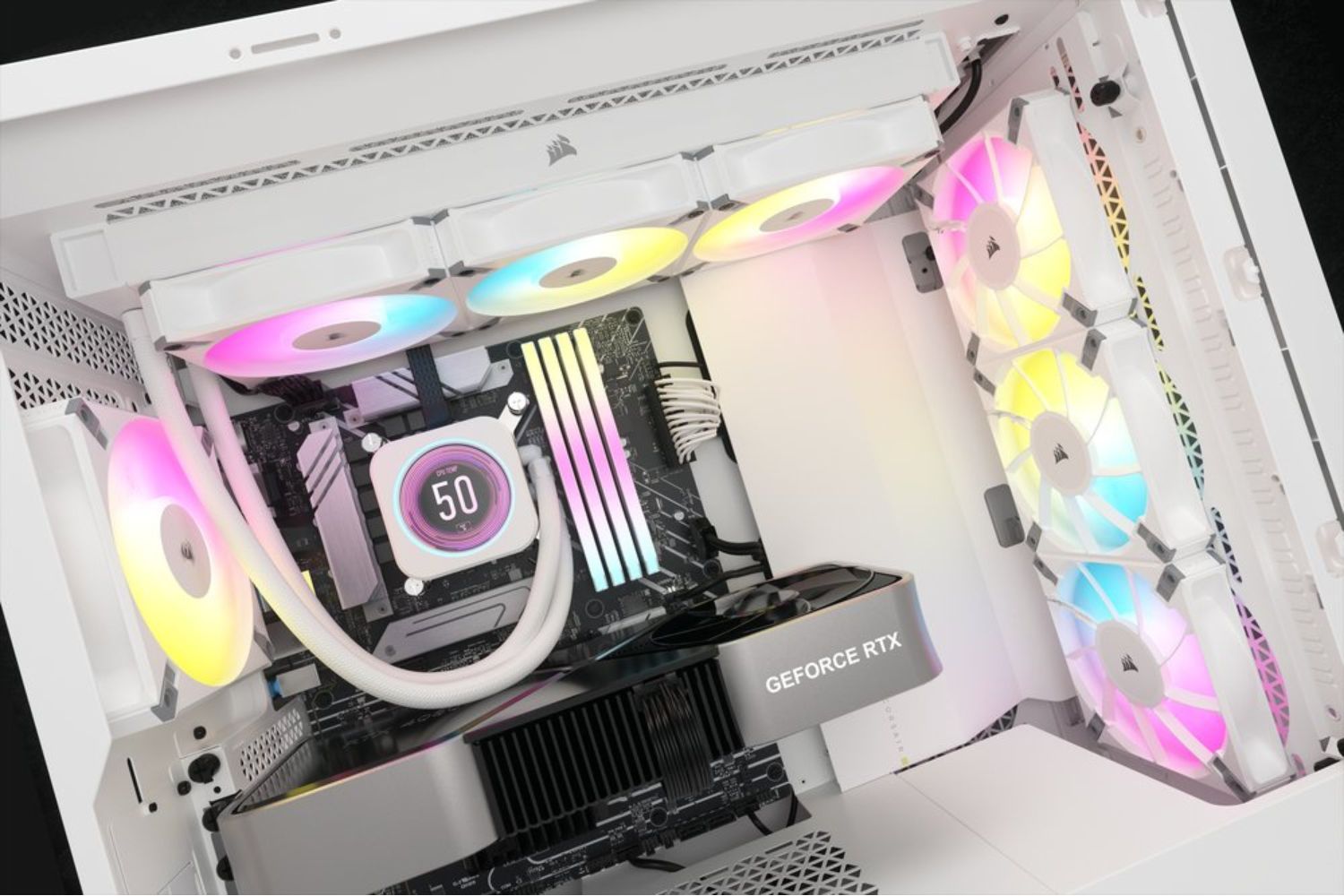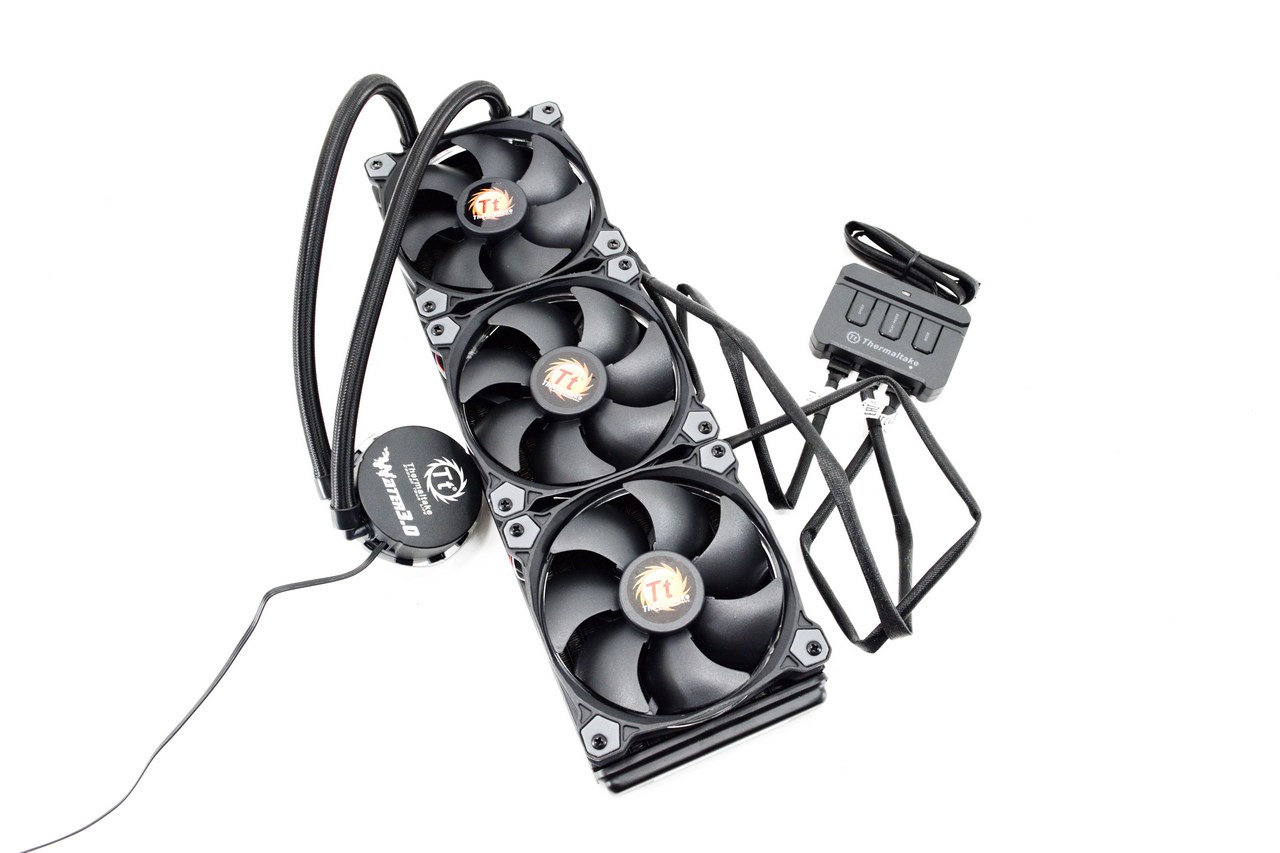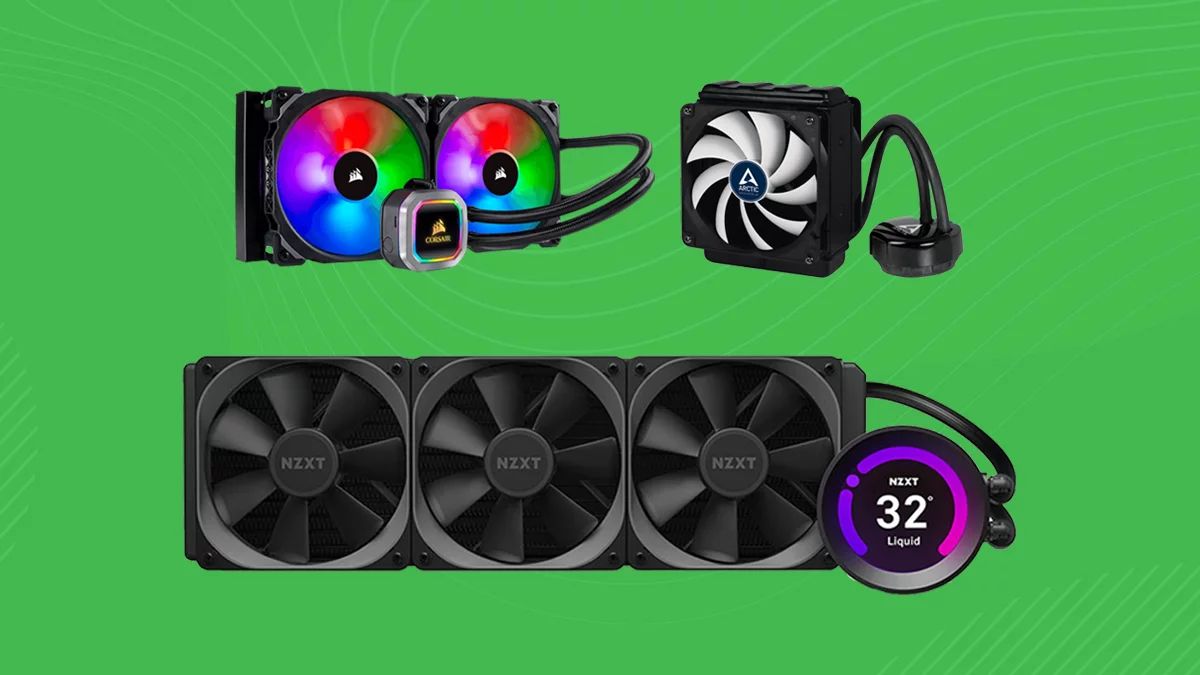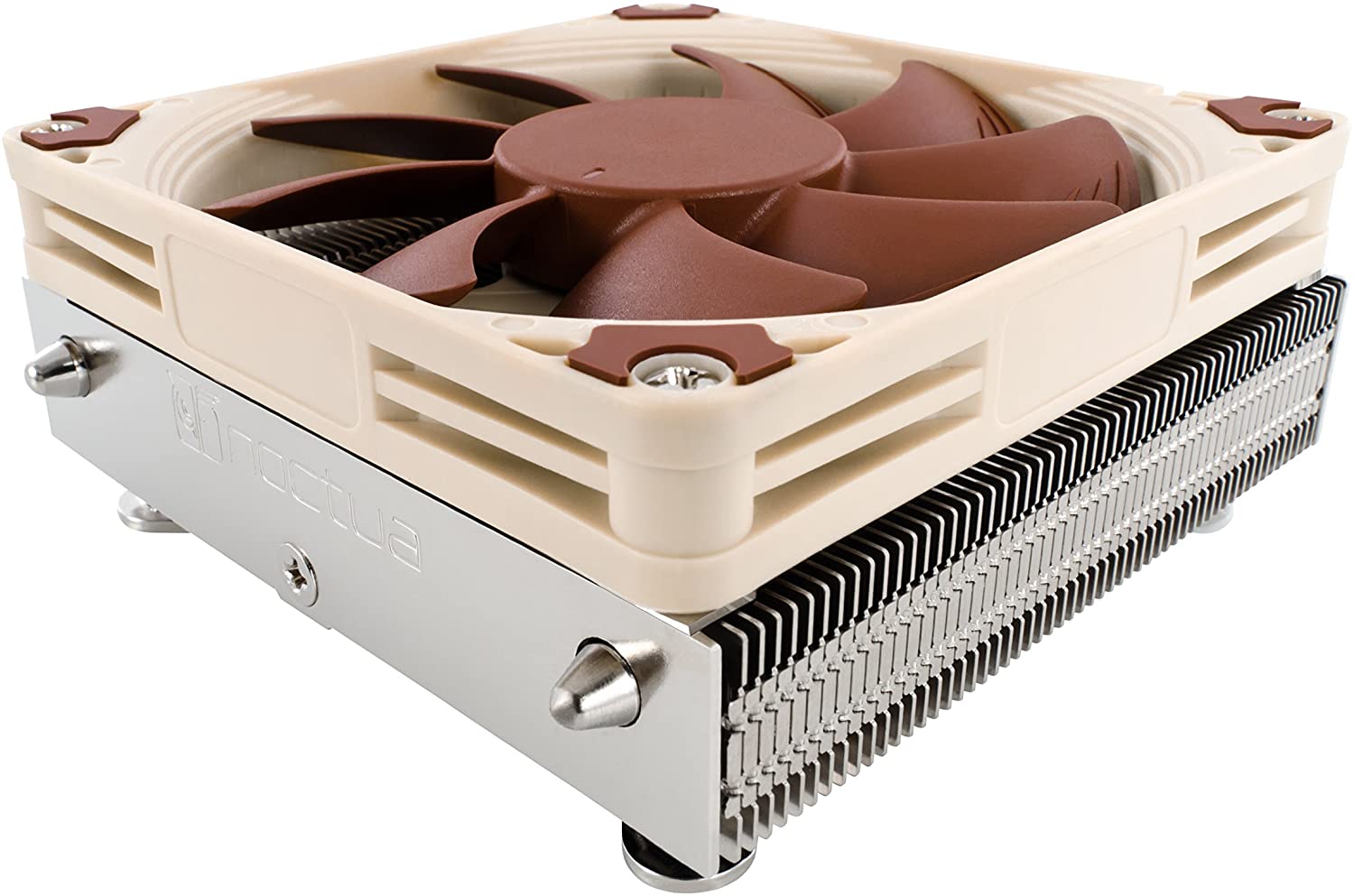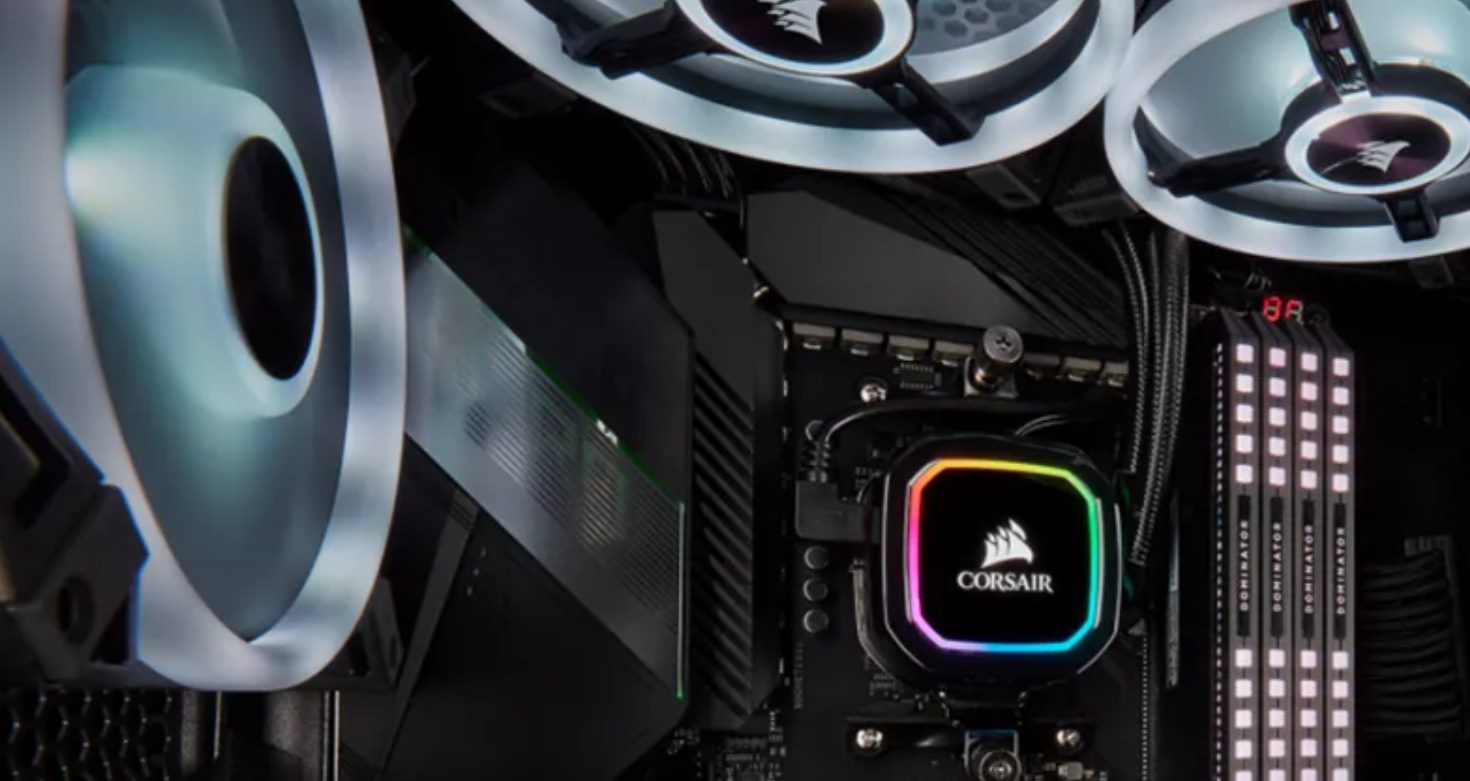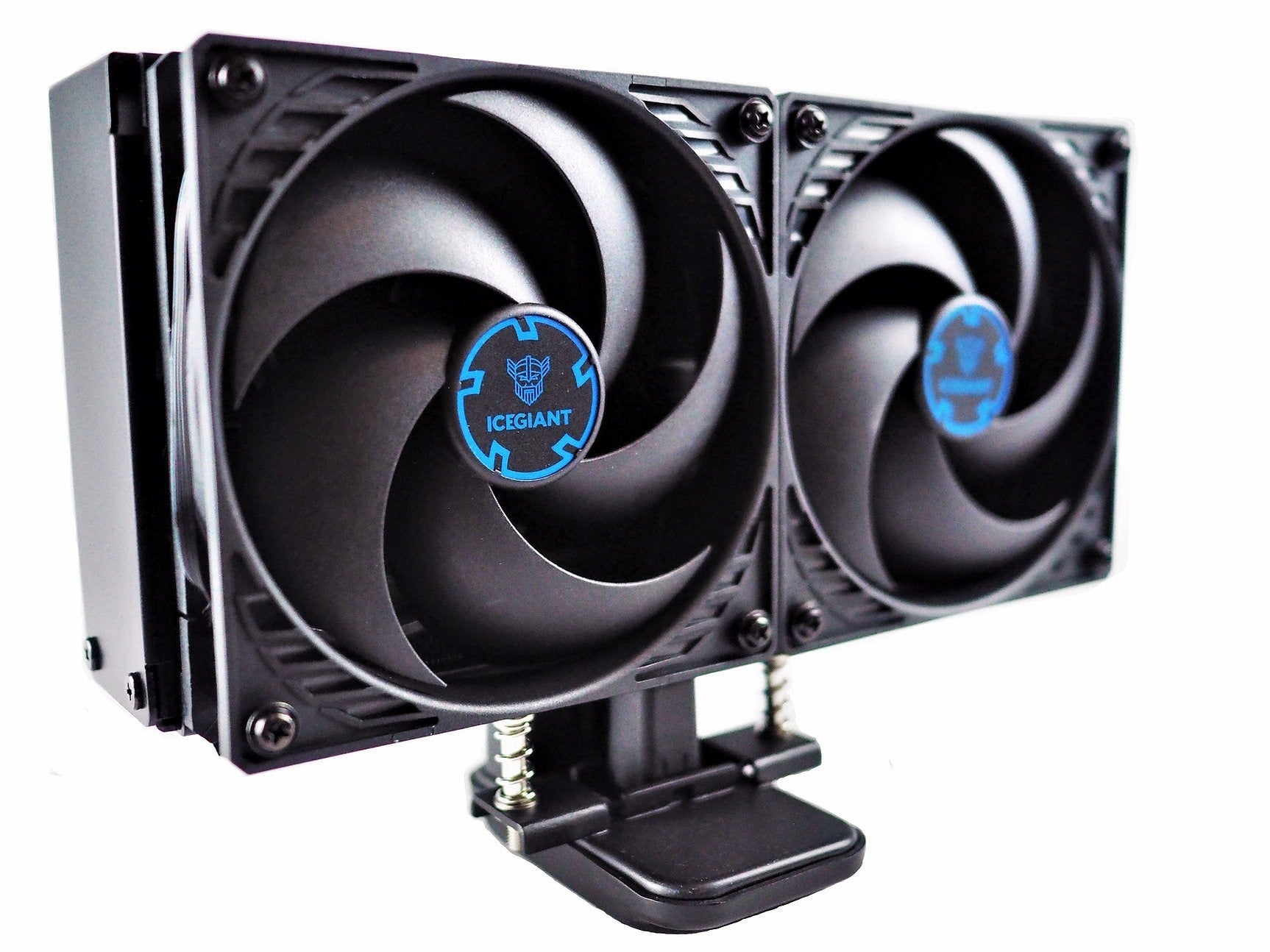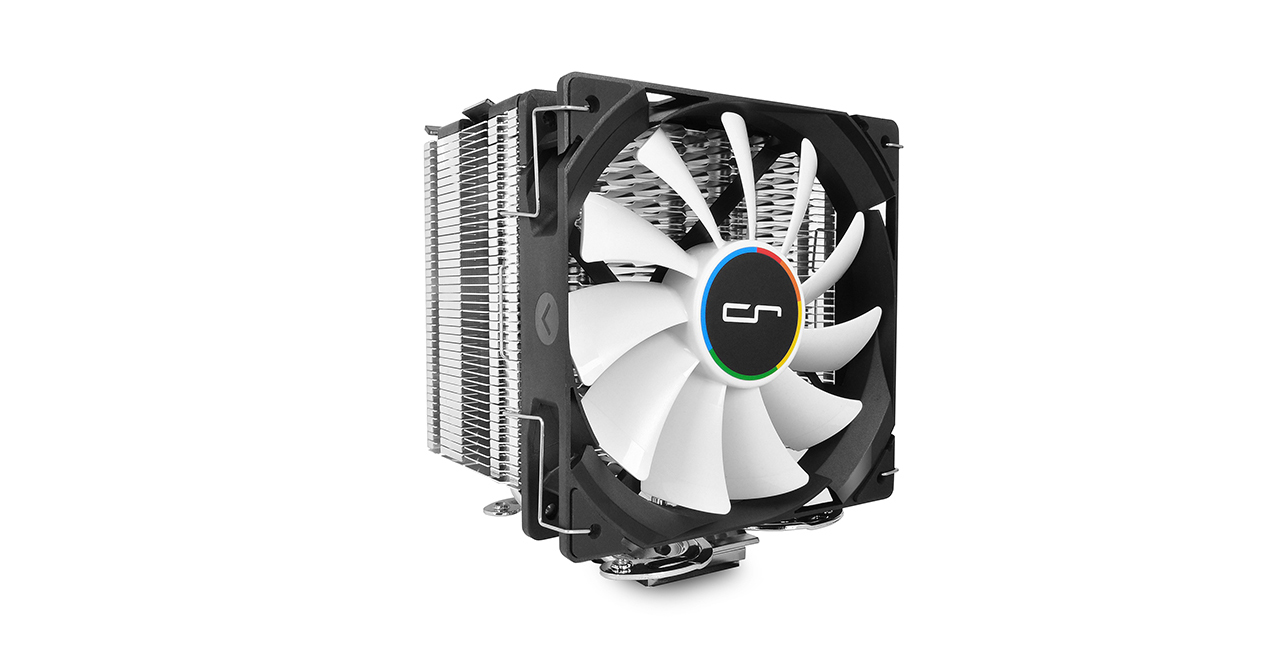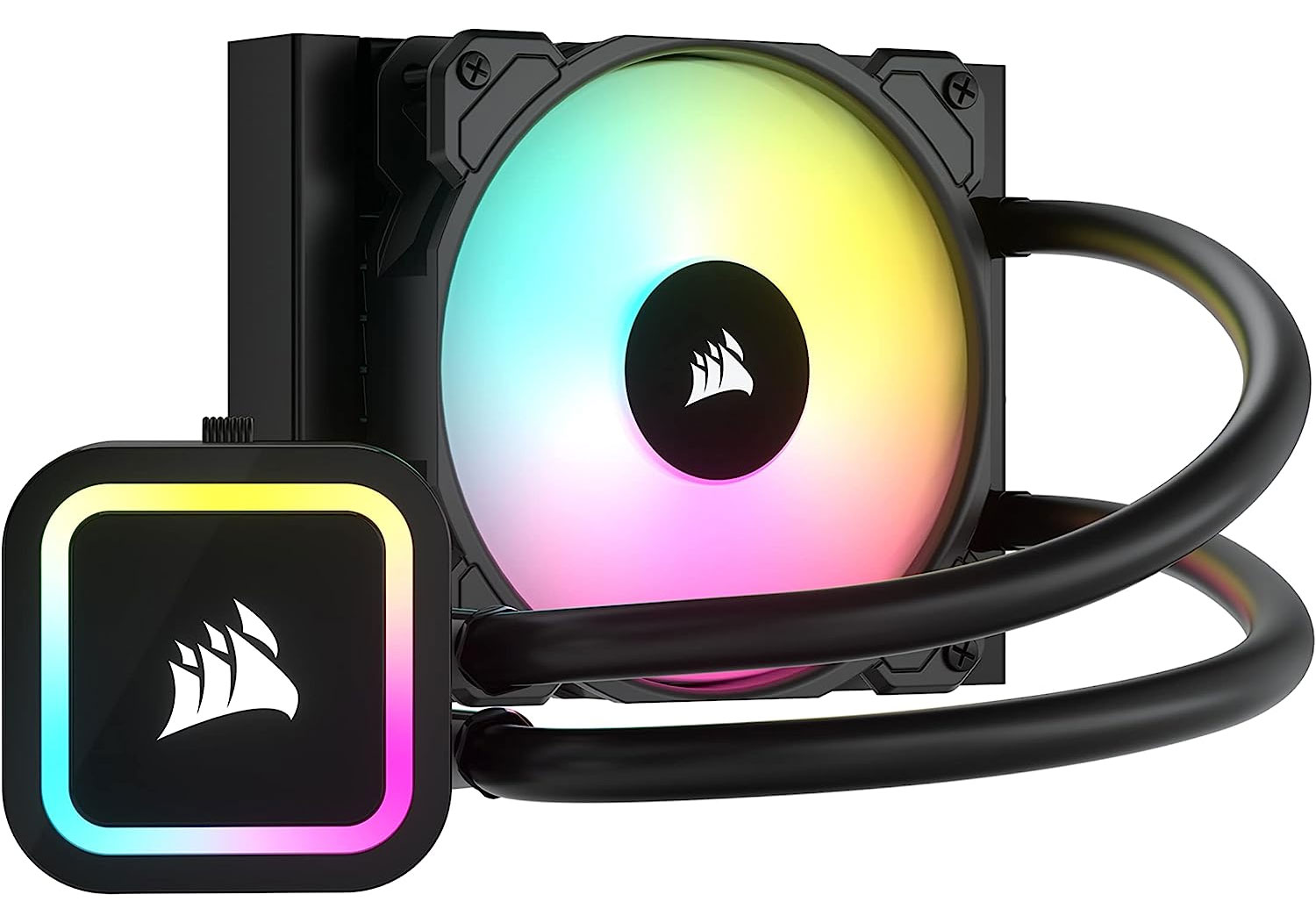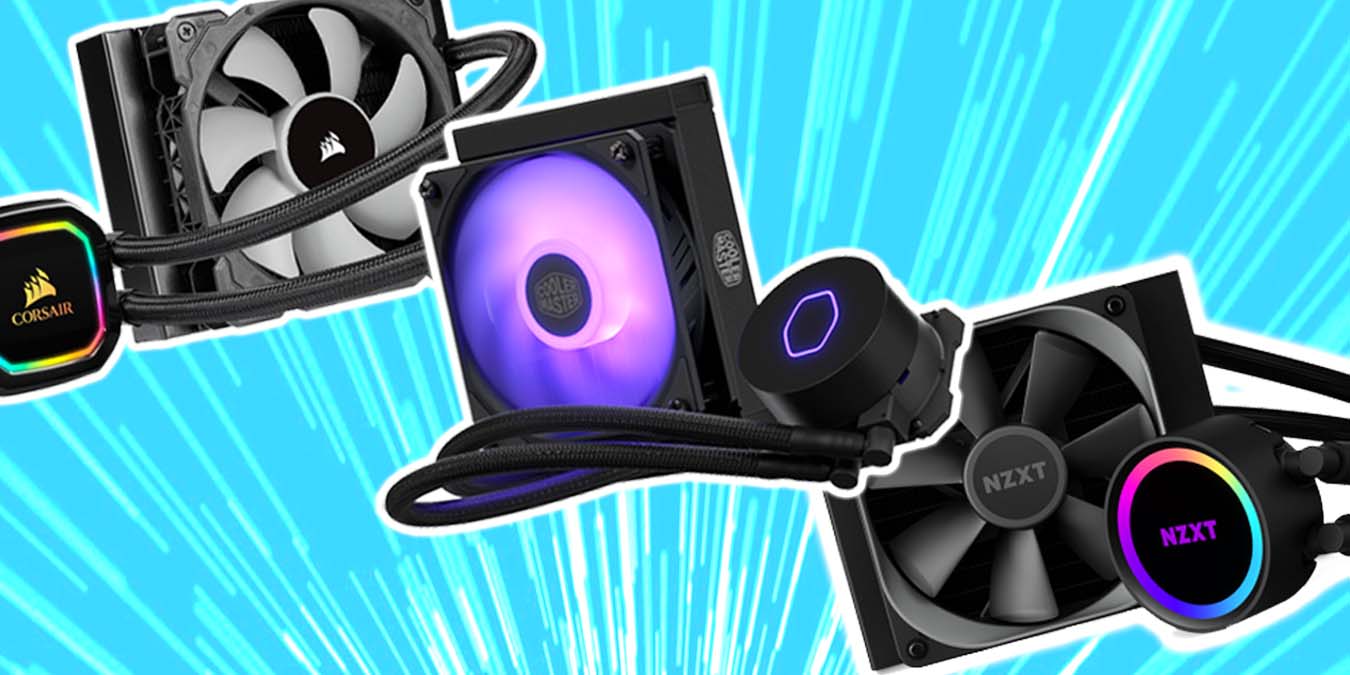Introduction
A liquid CPU cooler, also known as a liquid cooling system or AIO (All-in-One) cooler, is a popular cooling solution for high-performance computer systems. Unlike traditional air coolers, which rely on heat sinks and fans, a liquid CPU cooler uses a combination of a pump, radiator, and liquid coolant to dissipate heat from the CPU more efficiently.
As CPUs continue to become more powerful and generate higher levels of heat, it is essential to have an effective cooling solution to prevent thermal throttling and maintain optimal performance. Liquid CPU coolers offer superior temperature management and quieter operation compared to air coolers, making them a preferred choice for many PC enthusiasts and gamers.
In this article, we will explore the lifespan of a liquid CPU cooler and the factors that can impact its longevity. Understanding the typical lifespan of a liquid CPU cooler and the signs of a failing cooler can help you plan for maintenance or upgrades and ensure the optimal performance and longevity of your system.
What is a Liquid CPU Cooler?
A liquid CPU cooler is a specialized cooling system designed to dissipate heat from the central processing unit (CPU) of a computer. It consists of several components that work together to achieve efficient cooling performance.
The main components of a liquid CPU cooler include:
- Pump: The pump is responsible for circulating the liquid coolant throughout the system. It ensures that the coolant flows through the CPU block and the radiator consistently.
- CPU Block: The CPU block is a plate that sits directly on top of the CPU. It consists of a copper or aluminum base with microchannels or fins to facilitate heat transfer from the CPU to the liquid coolant.
- Radiator: The radiator is a heat exchanger that dissipates the heat collected from the CPU into the surrounding air. It consists of a series of thin metal tubes or fins that allow the liquid coolant to release heat effectively.
- Fans: The fans are attached to the radiator and facilitate the airflow required for efficient heat dissipation. They help in cooling the liquid coolant before it circulates back to the CPU block.
- Coolant: The coolant, often a mixture of water and additives, is responsible for absorbing the heat from the CPU and transferring it to the radiator for dissipation.
A liquid CPU cooler offers several advantages over traditional air coolers. First, it provides more efficient heat dissipation due to the liquid coolant’s ability to carry away heat more effectively than air. This results in lower CPU temperatures, which can prolong the lifespan of the CPU and improve system stability.
Furthermore, liquid CPU coolers often operate more quietly than air coolers. The use of a pump and larger radiator surface area helps distribute heat more evenly, reducing the need for aggressive fan speeds that can generate excessive noise.
Overall, a liquid CPU cooler provides a highly efficient and reliable cooling solution for high-performance computer systems. Its ability to handle the increased heat generated by modern CPUs ensures optimum performance and stability, making it an ideal choice for gamers, content creators, and anyone seeking optimal thermal management for their PCs.
Components of a Liquid CPU Cooler
A liquid CPU cooler is composed of several key components that work together to provide efficient cooling for your CPU. Understanding these components can help you better understand how a liquid CPU cooler operates and how to properly maintain it.
The main components of a liquid CPU cooler include:
- Pump: The pump is the heart of the liquid CPU cooler. It is responsible for circulating the coolant through the entire system. The pump typically uses an impeller or a small motor to move the liquid coolant from the CPU block to the radiator and back again. A high-quality pump ensures proper flow and prevents air pockets or blockages in the system.
- CPU Block: The CPU block is a mounting plate that is placed directly on top of the CPU. It is usually made of copper or aluminum and has a smooth surface. The purpose of the CPU block is to transfer the heat generated by the CPU to the liquid coolant. It does this by using microchannels or a fin array to increase the surface area and facilitate efficient heat transfer.
- Radiator: The radiator is where the heat from the liquid coolant is dissipated into the surrounding air. It is typically made up of metal tubes or fins that help increase the surface area for better heat dissipation. The radiator is equipped with fans that help to pull the air through the fins, carrying away the heat. The size and thickness of the radiator can vary depending on the specific model and cooling capacity.
- Fans: The fans attached to the radiator are crucial for promoting airflow and heat exchange. They draw cool air from outside the case and push it through the radiator, expelling the hot air. Generally, liquid CPU coolers come with one or more fans, with larger coolers usually having multiple fans for increased cooling performance. Fans can be controlled manually or automatically based on the CPU temperature using software or a fan controller.
- Coolant: The coolant, also known as the liquid or the working fluid, plays a vital role in transferring heat from the CPU to the radiator. It circulates through the CPU block, absorbs the heat, and carries it to the radiator, where it is released into the surrounding air. Coolants are typically a mixture of distilled water and additives, such as anti-corrosion agents and lubricants, to enhance thermal conductivity and prevent the growth of algae or bacteria.
These components work together to dissipate heat generated by the CPU, ensuring optimal performance and preventing overheating. Proper maintenance of each component, including regular cleaning, checking for leaks, and replacing worn parts, is essential for extending the lifespan and efficiency of your liquid CPU cooler.
Factors Affecting the Lifespan of a Liquid CPU Cooler
The lifespan of a liquid CPU cooler can vary depending on several factors. Understanding these factors can help you assess the longevity of your cooler and take appropriate measures to maintain its efficiency and performance.
Here are some key factors that can affect the lifespan of a liquid CPU cooler:
- Cooler Quality: The quality and build of the liquid CPU cooler play a significant role in determining its lifespan. High-quality coolers with robust components and excellent craftsmanship tend to have a longer lifespan compared to lower-quality counterparts. Investing in a reputable brand and reliable product ensures better longevity and reliability.
- Usage and Overclocking: The usage patterns and overclocking practices can impact the lifespan of a liquid CPU cooler. Constant high-demand usage, such as running intensive tasks or overclocking the CPU, can put additional stress on the cooler. Higher overclocking settings increase the CPU’s heat output, necessitating more cooling power. Extended periods of running at high temperatures can accelerate wear and tear on the cooler components.
- Cooler Maintenance: Regular maintenance is crucial for extending the lifespan of a liquid CPU cooler. Accumulated dust, debris, or blockages in the fins or fans can hinder airflow and compromise the cooling performance. Additionally, coolant evaporation or leaks can impact the cooling efficiency and potentially damage other components. Proper cleaning, checking for leaks, and topping up coolant levels when necessary are essential maintenance practices.
- Environmental Conditions: Ambient temperature and humidity levels also affect the performance and longevity of a liquid CPU cooler. Higher ambient temperatures can increase the workload on the cooler, requiring it to work harder to maintain optimal CPU temperatures. Excessive humidity levels can lead to the formation of condensation, which can cause damage to the cooler and other components. Ensuring a well-ventilated environment and controlling humidity levels can help preserve the cooler’s lifespan.
It’s important to note that the lifespan of a liquid CPU cooler is typically longer than that of the CPU itself. However, it’s still crucial to monitor the cooler’s performance and be aware of any signs indicating the need for maintenance or replacement. Regularly checking CPU temperatures, listening for unusual noises from the cooler, and visually inspecting for leaks or performance issues can help identify potential problems early on.
By considering these factors and implementing proper maintenance practices, you can maximize the lifespan of your liquid CPU cooler and ensure optimal cooling performance for your CPU over the long term.
Average Lifespan of a Liquid CPU Cooler
The average lifespan of a liquid CPU cooler can vary depending on various factors, including the quality of the cooler, usage patterns, and maintenance practices. While it is challenging to pinpoint an exact number, a well-maintained and high-quality liquid CPU cooler can generally last for several years.
On average, a liquid CPU cooler can last anywhere between 5 to 7 years. However, some coolers can even surpass this timeframe with proper care and maintenance. It’s important to note that the lifespan of the cooler often exceeds that of the CPU itself, making it a worthwhile investment for long-term performance and protection of your CPU.
Factors such as overclocking, system usage, and environmental conditions can influence the overall lifespan of a liquid CPU cooler. Overclocking puts additional stress on the CPU, resulting in increased heat output, which can affect the cooler’s lifespan. Similarly, running the system for extended periods at high temperatures can lead to wear and tear on the cooler components, potentially shortening its lifespan.
Proper maintenance and care are crucial for maximizing the lifespan of a liquid CPU cooler. Regularly cleaning the cooler, ensuring proper airflow, checking for leaks, and maintaining optimal coolant levels are important maintenance practices. Following the manufacturer’s guidelines and recommendations for maintenance can help preserve the cooler’s efficiency and lifespan.
It’s worth noting that as technology advances and new models are introduced, the cooling performance and lifespan of liquid CPU coolers can improve. Manufacturers continually refine their designs and components to enhance performance and durability, which may result in longer-lasting coolers in the future.
If you notice signs of reduced cooling efficiency, such as higher CPU temperatures or unusual noises from the cooler, it may indicate that the cooler is reaching the end of its lifespan. In such cases, it’s advisable to consider replacing the cooler to prevent any potential damage to the CPU or other components.
Ultimately, the average lifespan of a liquid CPU cooler depends on various factors, including the specific cooler model, usage patterns, maintenance practices, and the environmental conditions in which it operates. With proper care and attention, you can enjoy optimal cooling performance and extend the lifespan of your liquid CPU cooler.
Signs of a Failing Liquid CPU Cooler
A failing liquid CPU cooler can lead to overheating and potential damage to the CPU and other components in your computer system. Knowing the signs of a failing cooler can help you take timely action to rectify the issue and prevent any further damage. Here are some common signs to look out for:
- Increased CPU Temperatures: One of the first indicators of a failing liquid CPU cooler is increased CPU temperatures. If you notice that your CPU temperatures are consistently higher than usual, it may be a sign that the cooler is not effectively dissipating heat. Check the CPU temperatures using monitoring software or motherboard utilities to identify any significant spikes.
- Frequent System Crashes or Instability: A failing cooler can result in frequent system crashes or instability. When the CPU is unable to cool down properly, it can trigger thermal throttling, causing the system to shut down abruptly or exhibit erratic behavior. If you notice an increase in system crashes or unusual behavior, it’s worth investigating the cooling system.
- Unusual Noise Levels: Pay attention to any unusual noises coming from your liquid CPU cooler. Grinding, rattling, or clicking noises can indicate issues with the pump or fans. These noises could suggest that the components are not functioning correctly or that there is an obstruction in the cooling system. Such sounds should be investigated promptly to prevent further damage.
- Leakage or Moisture Build-Up: A leaking liquid CPU cooler is a serious concern. Look for any signs of coolant leakage, such as moisture around the CPU block or radiator. Leaks can cause damage to other components and should be addressed immediately. Additionally, excessive condensation or moisture build-up inside the case can also indicate a problem with the cooler that needs attention.
- Reduced Cooling Performance: If you notice that your CPU temperatures are consistently high, even when the system is idle or not under heavy load, it may indicate reduced cooling performance. The cooler may no longer be functioning optimally, resulting in inefficient heat dissipation. This can be a sign that the cooler is reaching the end of its lifespan.
If you experience any of these signs, it’s crucial to take action to rectify the issue. Start by checking the fans and cleaning any accumulated dust or debris that may be obstructing airflow. Ensure that the pump is functioning correctly, and there are no visible leaks or coolant loss. If the issues persist, it may be necessary to replace the liquid CPU cooler with a new one to prevent further damage to your system.
Regular monitoring of CPU temperatures and conducting routine maintenance checks can help identify any potential issues with the liquid CPU cooler before they become critical. If you suspect a problem with your cooler, it is always recommended to consult with a professional or seek guidance from the manufacturer to ensure the proper diagnosis and resolution of the issue.
Maintenance Tips to Extend the Lifespan of a Liquid CPU Cooler
Maintaining your liquid CPU cooler is essential to ensure its longevity and optimal performance. Regular maintenance can help prevent issues such as reduced cooling efficiency, system instability, and potential damage to your CPU. Here are some maintenance tips to help extend the lifespan of your liquid CPU cooler:
- Regular Cleaning: Dust and debris can accumulate on the radiator and fans, obstructing airflow and reducing cooling performance. Regularly clean the radiator and fans using compressed air or a soft brush to remove any dirt or dust buildup. Be sure to power off your computer and disconnect the cooler from the power source before cleaning.
- Check for Leaks: Inspect the cooler and surrounding areas for any signs of leaks or coolant damage. Look for moisture, discoloration, or a sweet odor around the CPU block or radiator. If you detect any leaks or signs of damage, address them immediately to prevent further issues.
- Maintain Optimal Coolant Levels: Over time, the liquid coolant in your CPU cooler can evaporate or deteriorate. Check the coolant levels periodically and top them up as needed, adhering to the manufacturer’s instructions. If the coolant shows signs of contamination or degradation, consider replacing it entirely with fresh coolant.
- Monitor CPU Temperatures: Keep an eye on the CPU temperatures to ensure they are within acceptable ranges. Use temperature monitoring software or the BIOS to monitor the CPU temperatures regularly. Elevated temperatures could indicate issues with the cooling system or other components that require attention.
- Ensure Proper Airflow: Proper airflow is crucial for effective cooling. Make sure that the fans are functioning correctly and positioned properly to provide adequate airflow through the radiator. Ensure that there are no obstructions, such as cables or components blocking the airflow around the cooler.
- Update Firmware and Software: Check for firmware updates for your liquid CPU cooler and keep it up to date. In addition, update any software or drivers associated with the cooler to ensure compatibility and optimal performance.
- Monitor Pump Functionality: It’s important to monitor the pump’s functionality to ensure that it is operating smoothly. Any unusual noises, vibrations, or decreased performance from the pump may indicate issues that require further investigation or professional assistance.
Following these maintenance tips can help extend the lifespan of your liquid CPU cooler and maintain its efficiency over time. However, it’s important to note that the specific maintenance requirements may vary depending on your cooler model and manufacturer’s recommendations. Be sure to consult the user manual or visit the manufacturer’s website for detailed instructions and guidelines specific to your cooler.
By investing time and effort into regular maintenance, you can ensure that your liquid CPU cooler delivers optimal cooling performance, prolongs the lifespan of your CPU, and provides a stable and reliable computing experience.
Conclusion
A liquid CPU cooler is a vital component for maintaining the optimal performance and temperature of your CPU. Understanding its components, lifespan, and proper maintenance practices are key to getting the most out of your cooling system.
We’ve explored the various aspects of a liquid CPU cooler, including its components, the factors that can affect its lifespan, signs of a failing cooler, and maintenance tips to extend its longevity. By being aware of these factors and implementing proper maintenance practices, you can ensure that your liquid CPU cooler operates efficiently and effectively for years to come.
Remember to choose a high-quality liquid CPU cooler that suits your system’s needs and specifications. Regularly monitor CPU temperatures, check for any signs of leakage or damage, and ensure proper airflow to maintain optimum cooling performance.
It’s important to note that while liquid CPU coolers can last several years, they are not immune to wear and tear. Keep an eye out for any signs of reduced cooling efficiency, increased CPU temperatures, or unusual noises, as these could indicate a failing cooler that requires attention or replacement.
By following proper maintenance practices and promptly addressing any issues that arise, you can ensure that your liquid CPU cooler provides reliable and efficient cooling for your CPU, enhancing the overall performance and lifespan of your computer system.
Taking the time to invest in the care and maintenance of your liquid CPU cooler will not only help you avoid potential system failures and costly repairs but also provide you with a smoother and more enjoyable computing experience.







